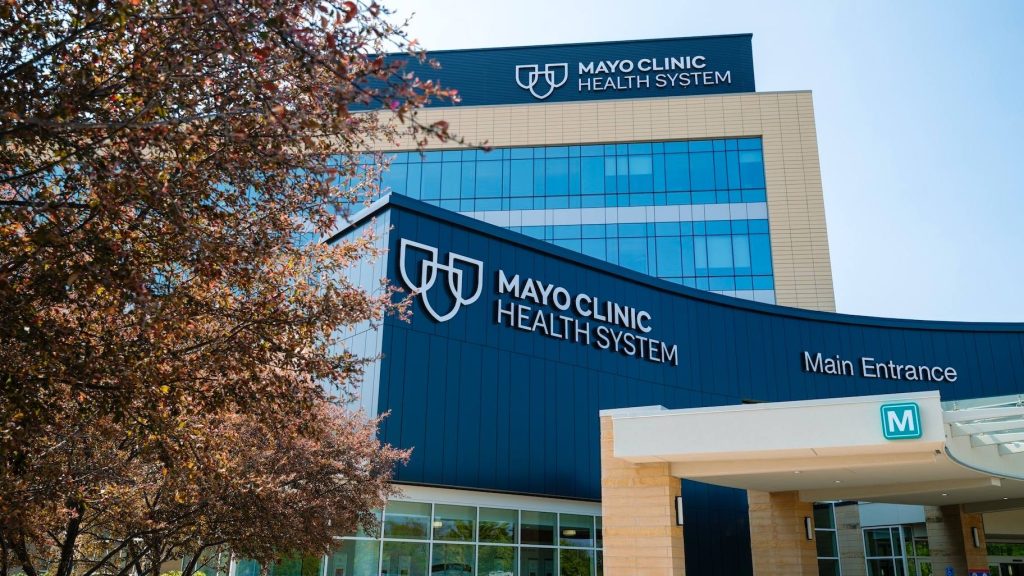-
Expanded ICU at Mayo Clinic Health System in Mankato strengthens regional critical care access

Mayo Clinic Health System in Mankato has significantly improved access to lifesaving care for patients across southern Minnesota since it expanded its Intensive Care Unit (ICU) in May 2024.
The ICU has seen a 38% increase in direct admissions and now receives transfers from 14 Mayo Clinic Health System locations and 13 external hospitals.
"We know how stressful it is for families to navigate critical illness," says Dr. Anjum Khan, critical care lead for Mayo Clinic Health System in Minnesota. "By bringing Mayo Clinic–level expertise to patients from across the region, we are ensuring they receive high-quality care. Our patients have excellent outcomes."
Outcomes from the ICU in Mankato exceed national benchmarks, with lower ICU mortality rates and shorter lengths of stay compared with similar-sized hospitals nationwide.
National recognition for quality care
The ICU in Mankato was ranked the No. 1 ICU in Minnesota in 2024 by Healthgrades. It ranked No. 2 in 2025, with the Saint Marys Campus of Mayo Clinic Hospital — Rochester being ranked No. 1. Rankings are based on patient outcomes, including mortality and complication rates, as well as publicly reported quality measures.
Dr. Khan credits the entire multidisciplinary team for these results.
"This recognition reflects the dedication of our care team — physicians; advanced practice professionals; nurses; pharmacists; respiratory therapists; physical, occupational and speech therapists; dietitians; social workers; the palliative care team; and many others," says Dr. Khan. "Every day, this team works together to improve survival and support recovery after an ICU admission."
Leading recovery through mobility
Recognizing that survival is only the first step in recovery, Dr. Khan and Patrick Cornelius, supervisor of Acute Care Physical Therapy at Mayo Clinic in Rochester, have worked for more than 10 years to implement early mobility practices. Their work has reduced delirium, depression and post-intensive care syndrome, while improving the long-term quality of life for patients.
They also developed the MARCH Score — a real-time mobility readiness tool based on five key factors: mobility at baseline, alertness, respiratory support, comfort and hemodynamics.
With support from the President's Mayo Platform Grant, Dr. Khan and Cornelius have created an electronic version of the MARCH Score assisted by artificial intelligence.
Once integrated into the electronic health record, the tool will help clinicians at all Mayo Clinic sites — and eventually Epic users worldwide — initiate safe and timely mobilization for critically ill patients.
Looking ahead
The long-term goal is a global vision to create a mobility calculator app to standardize best practices and improve outcomes for ICU patients worldwide.
Expected benefits include:
- Improved ICU survival rates and shorter lengths of stay.
- Fewer cases of delirium and post-ICU syndrome.
- Enhanced functional recovery and long-term quality of life.
- Standardized mobility practices across Mayo Clinic and beyond.
"Expanding ICU access is about more than beds and equipment," Dr. Khan says. "It's about transforming how we care for patients, ensuring they not only survive critical illness but also thrive after leaving the hospital."







